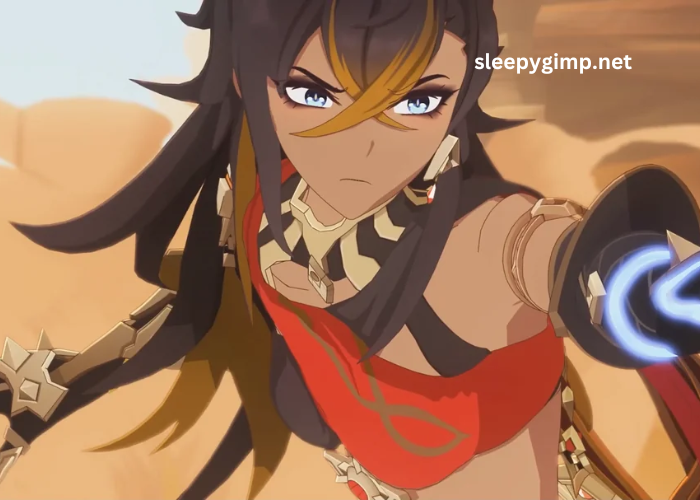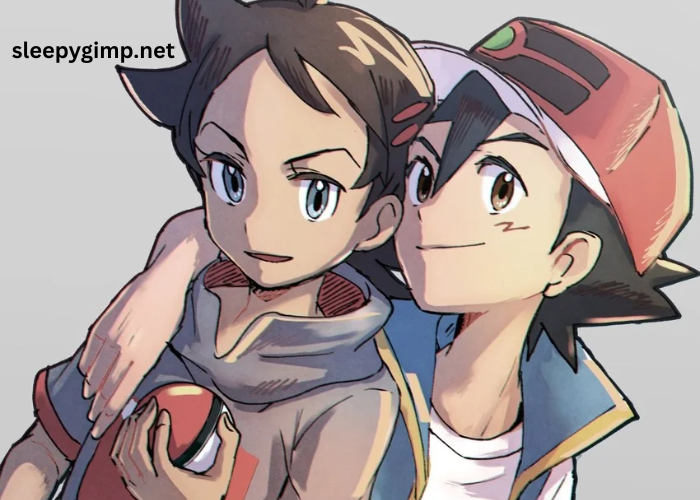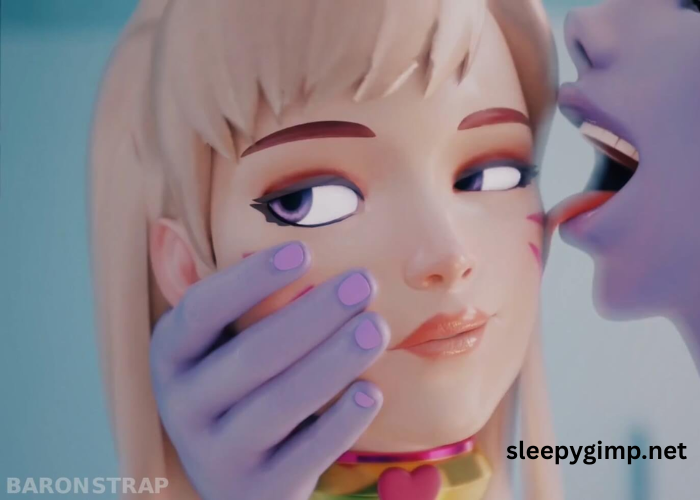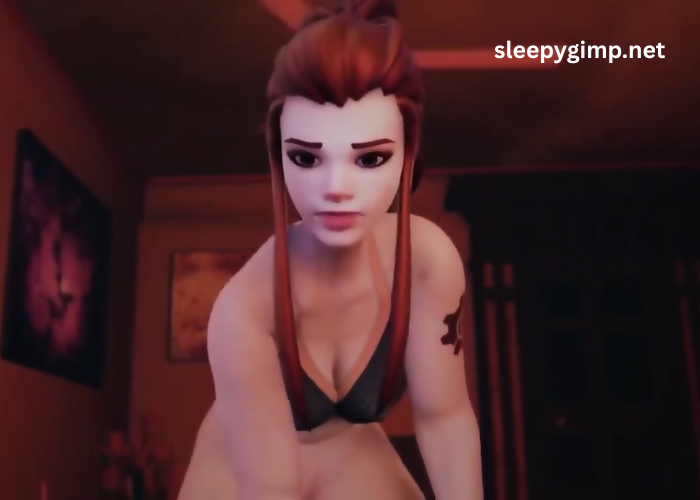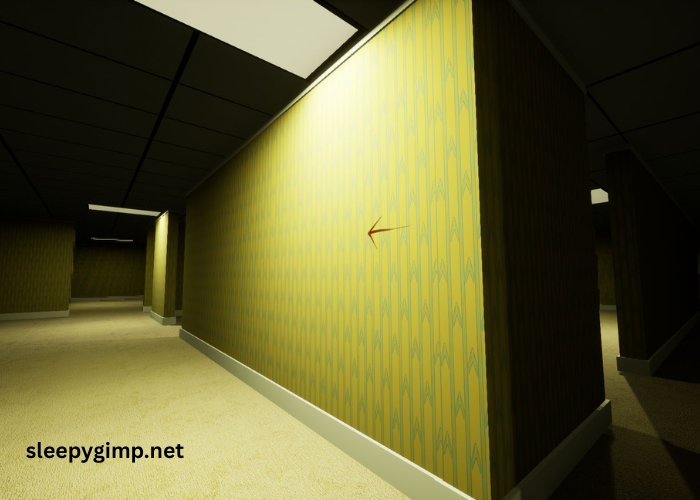The world of 3D animation and art has been rapidly evolving, offering endless possibilities for creativity and visual storytelling. Whether you’re an aspiring animator, a graphic designer, or just a curious individual, delving into the dynamic field of 3D animation can be a thrilling experience. Tools like Pastapaprika can guide you through the fundamentals of creating stunning animations, illustrations, and more.
In this blog post, we will explore how you can dive into the exciting world of 3D animation and art, learn the core concepts, and see how it can shape your creative journey. We will answer common questions, explore key techniques, and discuss tips for mastering this art form.
Key Points:
- 3D animation blends creativity with technology for amazing results.
- It requires both technical skills and artistic talent.
- Mastering 3D animation can open up career opportunities in various industries.
What Is 3D Animation?
3D animation refers to the creation of moving images in a three-dimensional space using digital tools. Unlike traditional 2D animation, where characters and objects are flat, 3D animation adds depth, making scenes appear lifelike. This type of animation is commonly used in films, video games, virtual reality (VR), advertising, and other digital mediums.
In 3D animation, artists build digital models of objects and characters. Then, these models are manipulated to simulate motion, light, and other physical properties. The process involves various techniques, including rigging (setting up skeletons for characters), texturing (adding surface details), and rendering (generating the final image or animation).
Key Techniques in 3D Animation
- Modeling: Creating the 3D objects and characters.
- Rigging: Adding a skeleton to allow movement.
- Texturing: Applying surfaces, colors, and materials to models.
- Lighting and Rendering: Simulating light interactions for realism.
- Animation: Bringing everything to life by manipulating models over time.
Understanding these techniques is the foundation of becoming proficient in 3D animation.
How Do You Start Learning 3D Animation?
Getting started with 3D animation can be daunting at first, but it’s easier than it seems with the right tools and guidance. Here’s how you can begin your learning journey:
- Choose the Right Software: Tools like Blender, Maya, and Cinema 4D are some of the most popular platforms for 3D animation. They offer various features, including modeling, animation, and rendering. Pastapaprika can guide you through these tools by providing tutorials and tips to help you get started.
- Understand the Basics: Before diving into complex projects, it’s important to learn the basics of 3D animation. Start with simple shapes, basic movements, and understanding how to animate them in 3D space.
- Practice Consistently: Like any skill, 3D animation requires practice. Regularly creating and refining your animations will help you develop a keen eye for detail and improve your technical abilities.
Note: Patience and practice are key. Don’t rush the learning process.
What Are the Key Tools for 3D Animation and Art?
When it comes to 3D animation, several tools can help you create impressive designs and animations. Each tool has its own set of strengths, and the one you choose will depend on your needs, skills, and preferences. Below are some popular tools used by animators worldwide:
| Tool | Features | Best For |
| Blender | Free, open-source, powerful modeling and animation tool | Beginners and professionals |
| Autodesk Maya | Industry-standard software with advanced features | High-end animation and modeling |
| Cinema 4D | Easy-to-use, great for motion graphics and VFX | Motion graphics and visual effects |
| ZBrush | Specialized in 3D sculpting | Organic modeling and character design |
Each of these tools offers unique features for modeling, rigging, animation, and rendering.
Reminder: Make sure to try different tools to see which one suits your workflow best.
How Does 3D Animation Affect Visual Storytelling?
3D animation has completely transformed the way stories are told visually. In films, advertisements, and games, 3D animations are no longer just supplementary – they are often central to the narrative itself. Characters, environments, and objects are now brought to life in ways that were impossible with traditional techniques.
For example, animated films like Pixar’s Toy Story or Disney’s Frozen demonstrate how 3D animation creates worlds and characters that resonate deeply with audiences. In the gaming industry, titles like The Last of Us use 3D animation to craft immersive experiences that engage players.
By mastering 3D animation, you gain the ability to manipulate light, shadow, and space to evoke emotions and tell complex stories, creating a much richer experience for viewers.
How Can 3D Animation Be Used in Various Industries?
The applications of 3D animation are vast and ever-growing. Let’s take a look at some of the key industries where 3D animation plays a crucial role:
1. Film and Entertainment:
- 3D animation is essential for creating visual effects and animated movies. Characters, environments, and scenes in blockbuster films are brought to life using 3D animation techniques.
2. Gaming:
- Video games rely heavily on 3D animation to create interactive environments, realistic character movements, and engaging experiences.
3. Advertising and Marketing:
- In advertising, 3D animation is used to create eye-catching commercials that grab viewers’ attention and help sell products.
4. Virtual Reality (VR) and Augmented Reality (AR):
- 3D animation is fundamental for creating VR and AR experiences. These technologies rely on immersive environments and animations to engage users.
5. Education:
- 3D animation is used to teach complex concepts by visualizing abstract ideas, such as in medical simulations or engineering designs.
Here’s a comparison of how 3D animation is used across different industries:
| Industry | Role of 3D Animation | Example |
| Film & Entertainment | Visual effects, character animation, environments | Frozen, Avengers films |
| Gaming | Character design, environments, in-game animation | The Last of Us, Grand Theft Auto series |
| Advertising | Commercials, product visualizations | Product ads by tech brands, car commercials |
| VR/AR | Immersive experiences, virtual environments | Virtual tours, gaming simulations |
| Education | Visualizing concepts, interactive lessons | Medical animations, engineering simulations |
Conclusion
Exploring the world of 3D animation and art opens up endless possibilities for creativity and visual storytelling. Whether you’re a beginner or an experienced artist, mastering 3D animation can elevate your skills and offer you opportunities in industries such as film, gaming, advertising, and more.
With the right tools and techniques, you can create stunning animations that captivate audiences, tell compelling stories, and bring your ideas to life. Take the time to learn, practice, and experiment, and you’ll soon see how powerful 3D animation can be.
FAQ’s
1. What are the best software options for beginners in 3D animation?
Some great options for beginners include Blender (free) and Autodesk Maya, which provide comprehensive tools and tutorials for learning 3D animation.
2. How long does it take to learn 3D animation?
The time it takes to learn 3D animation depends on your prior experience and dedication. It can take several months to a year to get proficient.
3. Can 3D animation be used for both movies and games?
Yes, 3D animation is widely used in both movies and games, creating realistic environments, characters, and visual effects.
4. What skills are necessary for 3D animation?
A solid understanding of modeling, rigging, texturing, lighting, and animation principles is essential for creating high-quality 3D animations.
5. Is it possible to make 3D animations for free?
Yes, software like Blender offers free access to powerful 3D modeling and animation tools, making it possible to create professional-quality animations without spending money.

